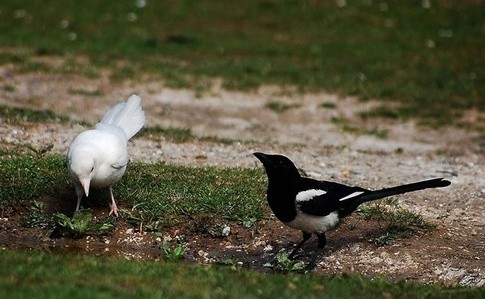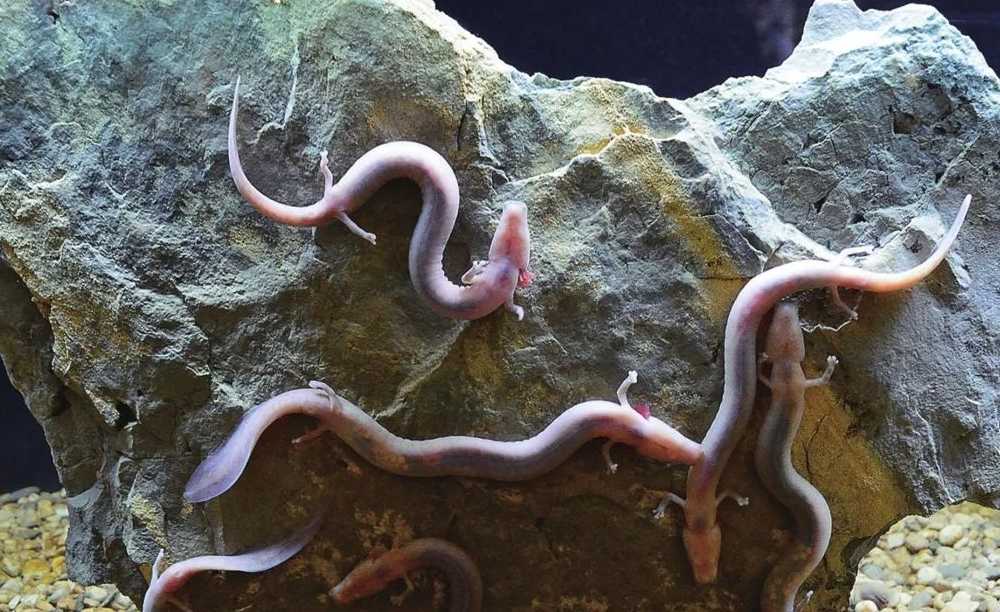The Albino Magpie: A Rare Feathered Anomaly in the Avian WorldAlbino magpies, though occasionally spotted in urban and rural areas worldwide, are genetic oddities that stand out starkly from their black-and-white counterparts. Caused by a recessive gene mutation that inhibits melanin production, these birds exhibit pure white plumage, pinkish legs, and striking red or pale blue eyes—a result of blood vessels reflecting through unpigmented tissues. Unlike leucistic magpies (which have partial color loss), albinos lack all pigmentation, making them a rare sight in the wild.
June 23, 2025, 2:10 pm EDT
Survival Challenges in a Monochrome Coat
Scientific and Cultural Perspectives










